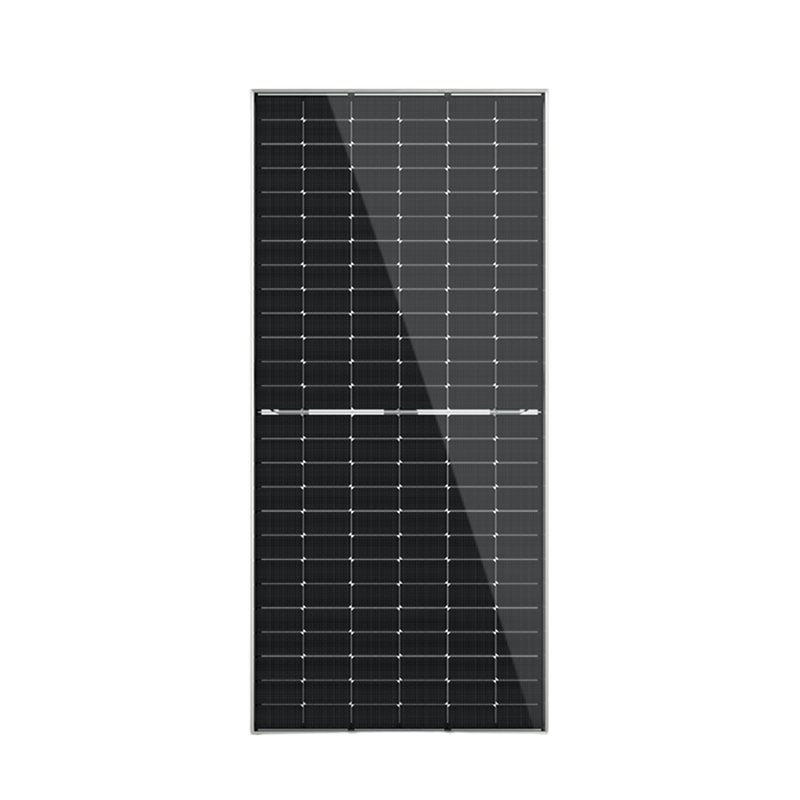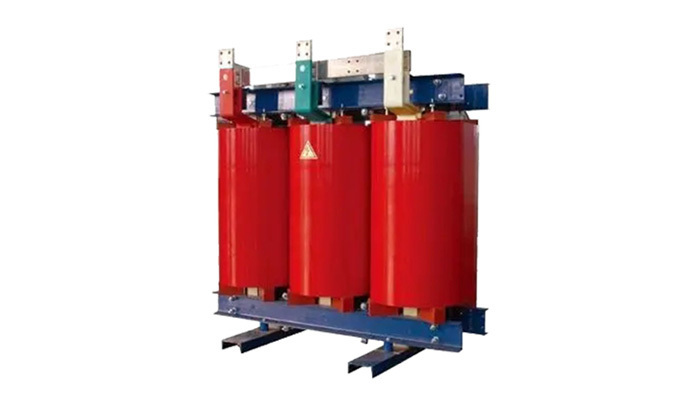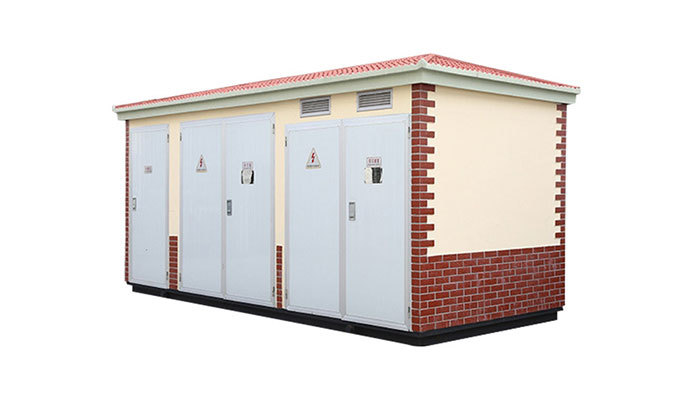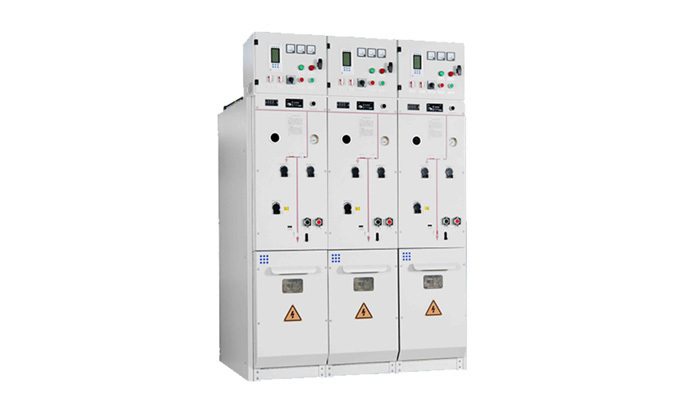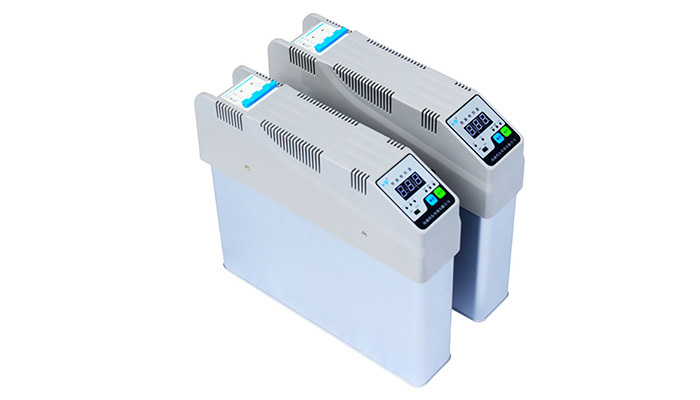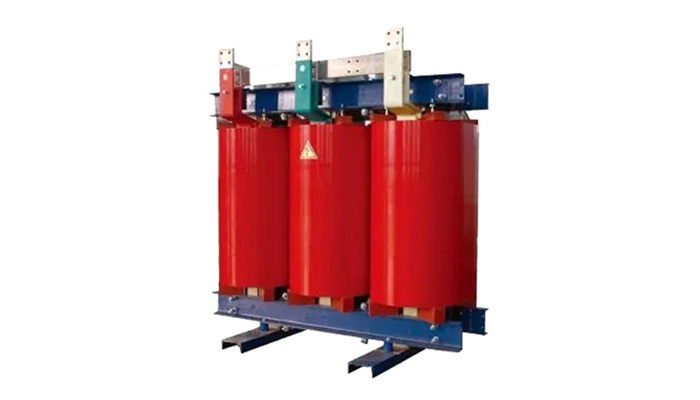Essential Insights into Distribution Boxes for Electrical Professionals
Release time:
2025-10-26
In the realm of electrical distribution, the term "Distribution Box" refers to a critical component that serves as a junction point for electrical circuits. These boxes are designed to house and protect electrical connections, ensuring the safe and efficient distribution of electricity throughout a network. They play a vital role in maintaining the integrity of electrical systems in various applications, including commercial, industrial, and residential environments.
A distribution box typically contains multiple terminals and circuit breakers, allowing for the organization and management of electrical circuits. One of the primary functions of a distribution box is to provide a centralized location for the connection and disconnection of electrical circuits. This not only simplifies the wiring process but also enhances safety by minimizing the risk of electrical faults.
When selecting a distribution box, it is essential to consider several factors, including the box's size, material, and the number of circuits it can accommodate. Distribution boxes come in various sizes and configurations, tailored to meet the specific needs of different installations. For instance, larger installations may require a more substantial box with additional compartments to manage numerous circuits, whereas smaller setups may be adequately served by a compact unit.
Moreover, the materials used in the construction of distribution boxes can significantly impact their performance. Common materials include plastic, metal, and fiberglass. Each material offers distinct advantages; for example, metal boxes are robust and provide excellent grounding capabilities, while plastic boxes are lightweight and resistant to corrosion. The choice of material should be guided by the environmental conditions in which the distribution box will be installed and the specific requirements of the electrical system.
Installation and maintenance are crucial aspects of working with distribution boxes. Proper installation involves adhering to local electrical codes and standards, ensuring that all connections are secure and that the box is adequately mounted. Regular maintenance checks should also be conducted to identify any signs of wear, corrosion, or loose connections, which could compromise safety and functionality.
Another important consideration when dealing with distribution boxes is the potential for future expansion. As electrical demands evolve, the ability to add circuits or upgrade components can be vital. Therefore, planning for expansion during the initial installation can save time and resources in the long run.
In conclusion, distribution boxes are indispensable in the electrical distribution landscape. They facilitate organized wiring, enhance safety, and allow for easy management of electrical circuits. Understanding their functions, selecting the right materials, and adhering to best practices during installation and maintenance are essential for professionals in the electrical and power distribution industry. By prioritizing these elements, electrical systems can operate efficiently and safely, meeting the demands of today and adapting to the needs of tomorrow.
A distribution box typically contains multiple terminals and circuit breakers, allowing for the organization and management of electrical circuits. One of the primary functions of a distribution box is to provide a centralized location for the connection and disconnection of electrical circuits. This not only simplifies the wiring process but also enhances safety by minimizing the risk of electrical faults.
When selecting a distribution box, it is essential to consider several factors, including the box's size, material, and the number of circuits it can accommodate. Distribution boxes come in various sizes and configurations, tailored to meet the specific needs of different installations. For instance, larger installations may require a more substantial box with additional compartments to manage numerous circuits, whereas smaller setups may be adequately served by a compact unit.
Moreover, the materials used in the construction of distribution boxes can significantly impact their performance. Common materials include plastic, metal, and fiberglass. Each material offers distinct advantages; for example, metal boxes are robust and provide excellent grounding capabilities, while plastic boxes are lightweight and resistant to corrosion. The choice of material should be guided by the environmental conditions in which the distribution box will be installed and the specific requirements of the electrical system.
Installation and maintenance are crucial aspects of working with distribution boxes. Proper installation involves adhering to local electrical codes and standards, ensuring that all connections are secure and that the box is adequately mounted. Regular maintenance checks should also be conducted to identify any signs of wear, corrosion, or loose connections, which could compromise safety and functionality.
Another important consideration when dealing with distribution boxes is the potential for future expansion. As electrical demands evolve, the ability to add circuits or upgrade components can be vital. Therefore, planning for expansion during the initial installation can save time and resources in the long run.
In conclusion, distribution boxes are indispensable in the electrical distribution landscape. They facilitate organized wiring, enhance safety, and allow for easy management of electrical circuits. Understanding their functions, selecting the right materials, and adhering to best practices during installation and maintenance are essential for professionals in the electrical and power distribution industry. By prioritizing these elements, electrical systems can operate efficiently and safely, meeting the demands of today and adapting to the needs of tomorrow.
Latest information
Get a Free Consultancy
If you have any suggestions, please leave a message or send an email to us.




